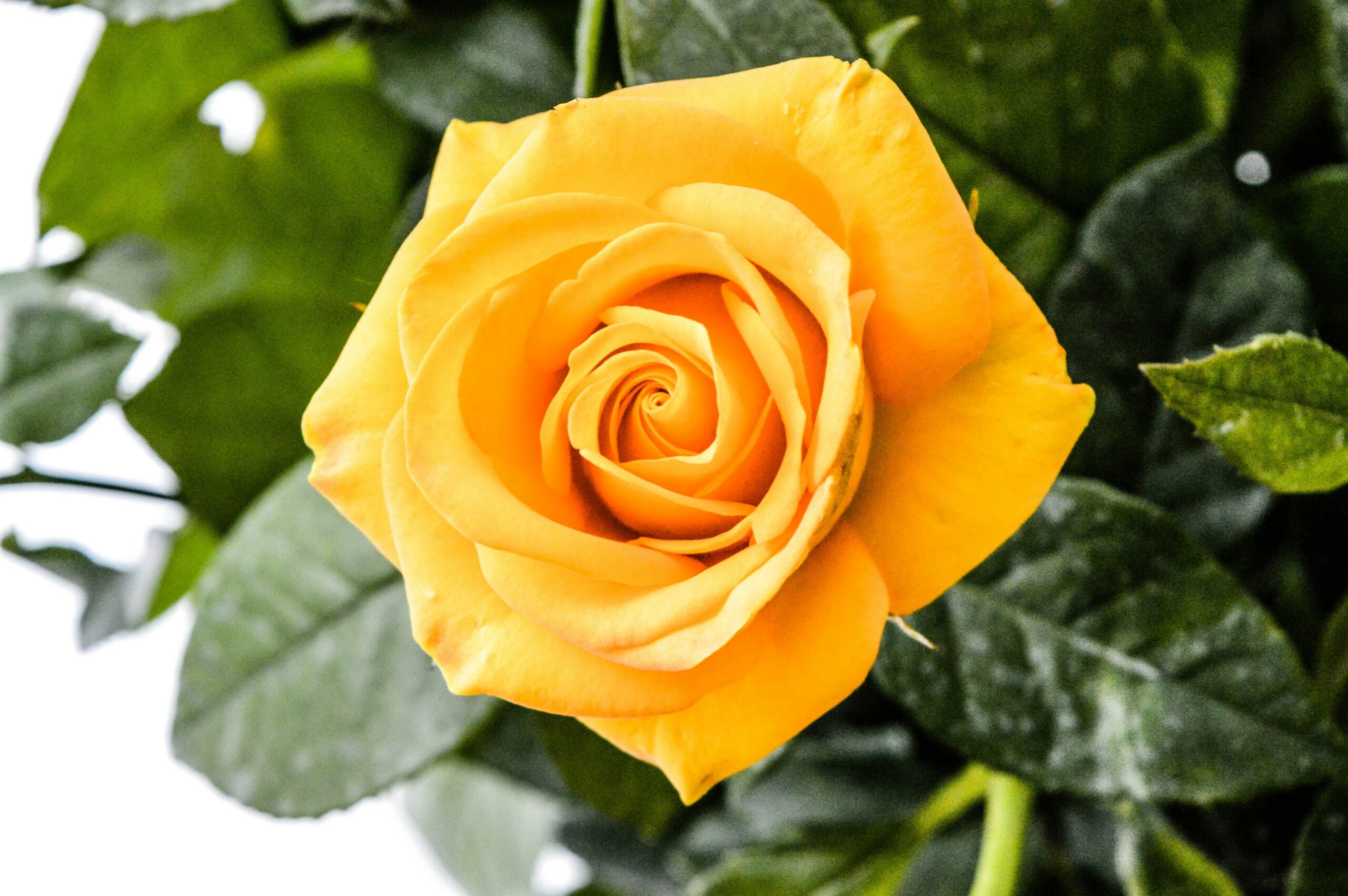A beautiful bouquet’s cornerstone is often in the form of roses. They are a favorite for a lot of people, and it’s not surprising because of their vibrant colors, sweet scents, and beauty. For centuries, they were also the first to be the symbol of elegance and love.
So, whether you’re already an experienced gardener with a green thumb or a beginner trying your luck with your garden, growing the roses can be a fulfilling experience. You can see more information about the roses on this site here.
Beyond the allure and charm, they can also attract bees and butterflies that can act as pollinator agents for you. It can result in a healthier ecosystem overall, and you can also add a touch of nature’s splendor anytime you want to decorate your home interior. If you’re wondering how to care for them, below are some tips for you.
Choosing the Right Varieties for Your Garden
Hybrids: They are the popular types where they are a cross between the perpetual and the tea roses. You can expect different hues and showy bloom heads from them, and the larger clusters can contain around thirty to fifty petals on top of longer stems. Expect flowering in around six to seven-week cycles.
Floribunda: Hardiness and fragrant blooms that are showy are something that you can expect with this species. They can grow in well-draining soil and need regular watering. They might survive a period of drought, but they are less likely to produce fewer heads instead of the three to five clusters that they are known for.
Grandiflora: Newer hybrids like these are the result of the crossbreeding of tea and floribunda roses. They are climbing ones with hardy bushes, and they are often trained to ascent trellises.
Sweetbrier: They are native to Western Asia and Europe and are more on the side of wild roses. They grow to a height of two meters with double pink flowers, and the centers are often yellowish.
Essential Tips for Planting and Caring for Roses
1. Know More about the Roots
Container types are great for novices because the plant can get established quickly. They are often available in local nurseries, and planting them can be easy, especially if you live in an area where the climate is ideal. They also prefer a cloudy and cool day compared to direct sunlight. For the bare-root types, they can be ordered online, and the roots are soaked overnight. Keep them moist so you can also achieve better yields.
2. Select the Types Wisely
Groundcovers and climbing types are often available. You can also check out a rose plant care guide that will help you grow them better. While you may be tempted to purchase a variety of items if this is your first time, it can result in disorderliness. It’s better to work with only a few and see if they are going to grow well in your garden and if they are well-suited to the soil.
3. The Right Site
Healthy plants should receive around six to eight hours of direct sunlight, but it should not be too hot for them. Protection from the afternoon sun is a must, and the rose bushes should be planted in soil that’s rich with organic matter. For those who live in colder climates, the west or south-facing fence can help minimize the damage, so try this out.
4. Proper Planting
Holes should be deep enough to accommodate the roots, and there should be adequate drainage because these species don’t like wet feet. A generous amount of organic matter and peat moss can also be placed, and the canes should have loose mounds to help the plant acclimate to the new site.
Pruning and Maintenance Techniques for Healthy Roses
It’s important to prune your roses correctly, and you can start by removing any dead or damaged wood, cutting back to healthy tissue with clean, sharp pruners. This will improve air circulation and reduce the risk of disease.
You can also focus on shaping your rose bush, where it would be helpful to remove any branches that are crossing or rubbing against each other, as well as any weak or spindly growth. Aim for an open-centered shape that allows sunlight to reach the center of the plant. Find information about plants’ infectious diseases at this link: https://www.ncbi.nlm.nih.gov/pmc/articles/PMC7604890/.
When it comes to maintenance, watering is key. Roses need about an inch of water per week during the growing season, so make sure they receive adequate hydration. Water deeply at the base of the plant rather than overhead to prevent fungal diseases.
Fertilizing regularly is also crucial for healthy roses. Use a balanced rose fertilizer according to package instructions, applying it around the base of the plant and gently working it into the soil.
Keep a watchful eye on pests and diseases. Aphids can be controlled with insecticidal soap or a strong blast of water from a hose. If you notice black spots on leaves or powdery mildew forming on new growth, treat them promptly with appropriate fungicides.

